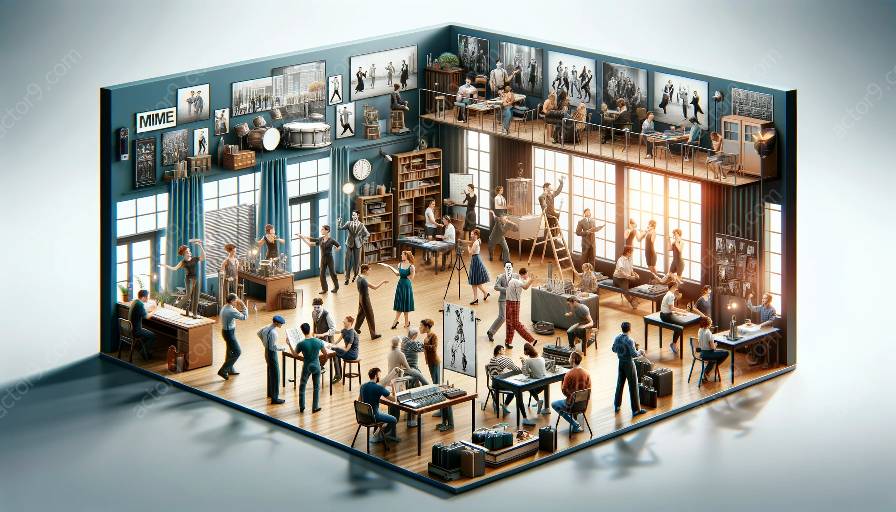Introduction to Mime and Physical Comedy
Mime and physical comedy are performing arts forms that utilize body movements, facial expressions, and gestures to convey a story or concept without the use of words. They have been long celebrated for their ability to entertain, but their educational value is increasingly recognized in diverse settings.
Impact on Education
The incorporation of mime and physical comedy into education can provide a unique and engaging learning experience for students of all ages. By using non-verbal communication, these forms of expression can help students enhance their body awareness, emotional literacy, and creativity. Additionally, they can promote empathy and understanding by encouraging individuals to interpret and respond to non-verbal cues, thus fostering a deeper understanding of communication beyond language.
Benefits of Integrating Mime and Physical Comedy in Education
When integrated into educational settings, mime and physical comedy can offer numerous benefits. They can serve as a powerful tool for teaching storytelling, character development, and improvisation. Through these art forms, students can develop a heightened sense of observation and learn to communicate and collaborate effectively through non-verbal means.
Training and Courses in Mime and Physical Comedy
Given the potential educational impact of mime and physical comedy, there is a growing demand for training and courses in this field. Various institutions and professional trainers offer comprehensive programs that cover the technical aspects of mime and physical comedy, as well as their applications in educational contexts. These programs often encompass theoretical knowledge, practical skills, and pedagogical methods tailored for educators and performing artists.
Benefits of Specialized Training
Specialized training in mime and physical comedy equips educators and performers with the tools to effectively incorporate these art forms into their teaching and performances. The training often focuses on developing physical expressiveness, improvisational skills, and the ability to convey complex ideas through non-verbal means. Moreover, it can provide insights into the historical and cultural significance of mime and physical comedy, enriching the participants' understanding of these art forms.
The Role of Mime and Physical Comedy in Educational Settings
Beyond traditional performing arts classes, mime and physical comedy can be integrated into a wide range of educational settings. They can be utilized in drama and theater programs, language learning classes, and workshops aimed at developing social and emotional skills. Additionally, these forms of expression can contribute to inclusive education by providing alternative means of communication for individuals with diverse learning needs.
Embracing Mime and Physical Comedy in Curriculum
As the recognition of mime and physical comedy as educational tools grows, there is an opportunity to integrate them into formal curricula. By incorporating these art forms into the curriculum, educators can enrich the learning experience and offer students opportunities to cultivate their creativity, empathy, and expressive capabilities. This integration can also promote interdisciplinary learning, bridging the gap between performing arts, language arts, and social sciences.
The Future of Mime and Physical Comedy in Education
Looking forward, the potential for mime and physical comedy to contribute to education is promising. As educators continue to explore innovative teaching methods, these art forms have the potential to play a significant role in fostering holistic learning experiences. By recognizing and embracing the educational value of mime and physical comedy, educators can unlock new dimensions of creative and empathetic learning for their students.


























